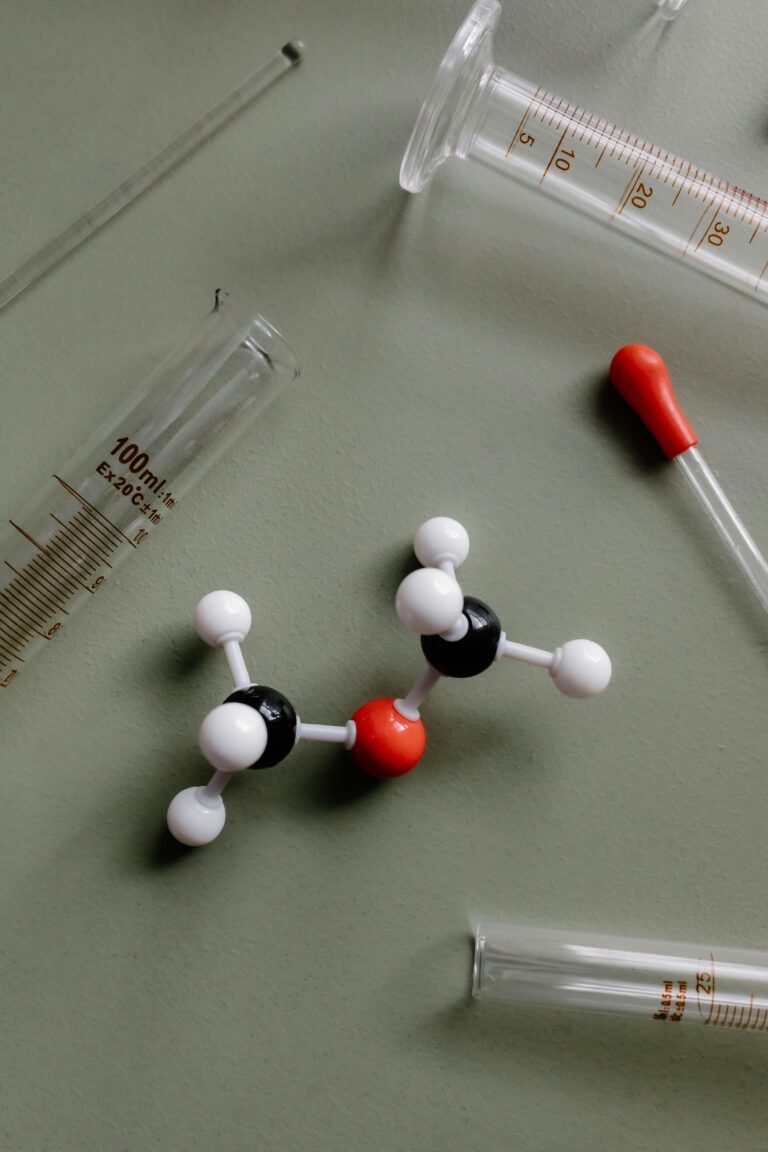Nanomedicine in Cancer Care: Tiny Particles, Big Impact

Nanotechnology in
Cancer treatment
Introduction to Nanomedicine for Cancer Treatment
Cancer treatment has evolved significantly with the advent of nanotechnology. In order to detect, track, and treat diseases at the molecular level, nanomedicine uses tiny particles—typically smaller than 100 nanometers. These nanoparticles are designed to precisely target cancer cells in oncology, providing fresh hope for less harmful and more successful treatments.
How Nanoparticles Deliver Drugs Directly to Cancer Cells
Traditional chemotherapy affects both cancerous and healthy cells, leading to severe side effects. However, it is possible to create nanoparticles that deliver medications straight to tumors. They deliver their payload selectively by taking advantage of the special biology of cancer cells, such as leaky blood arteries and certain surface indicators. Certain nanoparticles are even "smart," releasing medication solely in response to stimuli from the tumor's surrounding environment.
Advantages: Fewer Side Effects, Improved Targeting
Nanomedicine's accuracy minimizes adverse effects like nausea, hair loss, and immunological suppression by reducing harm to healthy tissues. Nanoparticles improve medication solubility, extend the duration of circulation, and circumvent drug resistance, which is a significant obstacle in the treatment of cancer.
Use in Diagnostics and Imaging
Nanotechnology enhances early detection in addition to therapy. In imaging methods such as MRI and PET scans, malignancies can be highlighted by coating nanoparticles with contrast agents or biomarkers. This enables real-time therapy response tracking and an earlier, more precise diagnosis.
Complementing Nano-Based Therapies with Alternative Care
Even though nanomedicine provides innovative answers, patients' well-being can be improved by using complementary therapies like acupuncture for pain management, meditation for stress reduction, and dietary support to strengthen immunity. Better quality of life both during and after treatment is guaranteed by a holistic approach.
Ethical and Safety Considerations
Nanomedicine presents safety and ethical issues despite its potential. It is necessary to address the high expenses, possible toxicity, and long-term consequences of nanoparticles on the body. While encouraging innovation, regulatory regimes must guarantee patient safety.
Nano-medicine is revolutionizing cancer care with targeted treatments, improved diagnostics, and fewer side effects. Combining these developments with supportive therapies as research progresses may lead to more efficient and humane cancer treatment. Thinking tiny is key to the future of oncology because often the smallest things have the greatest effects.










